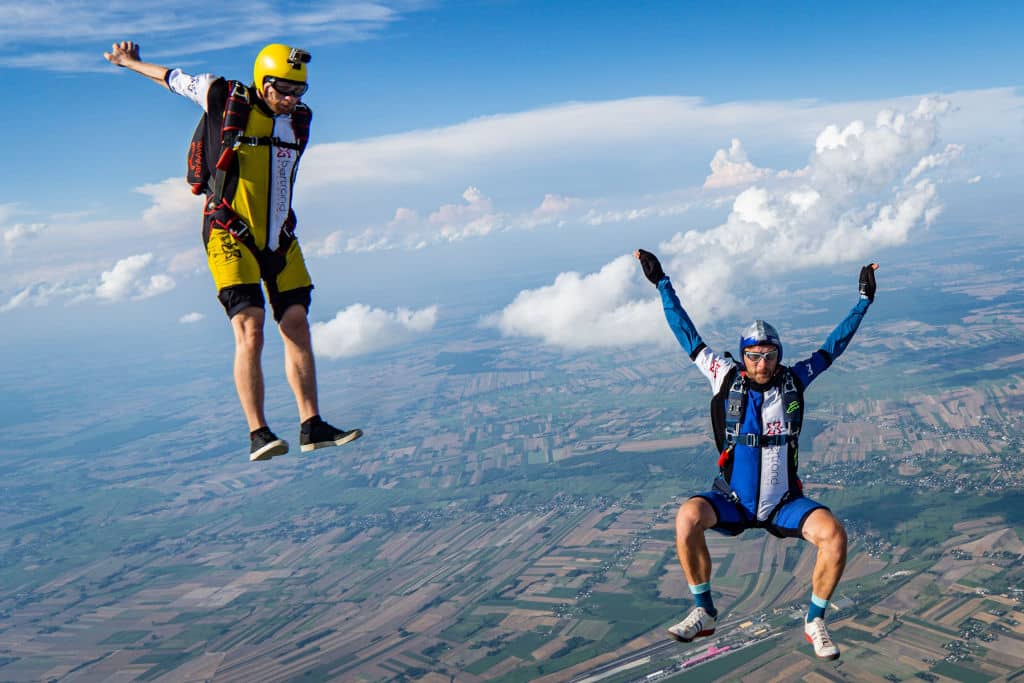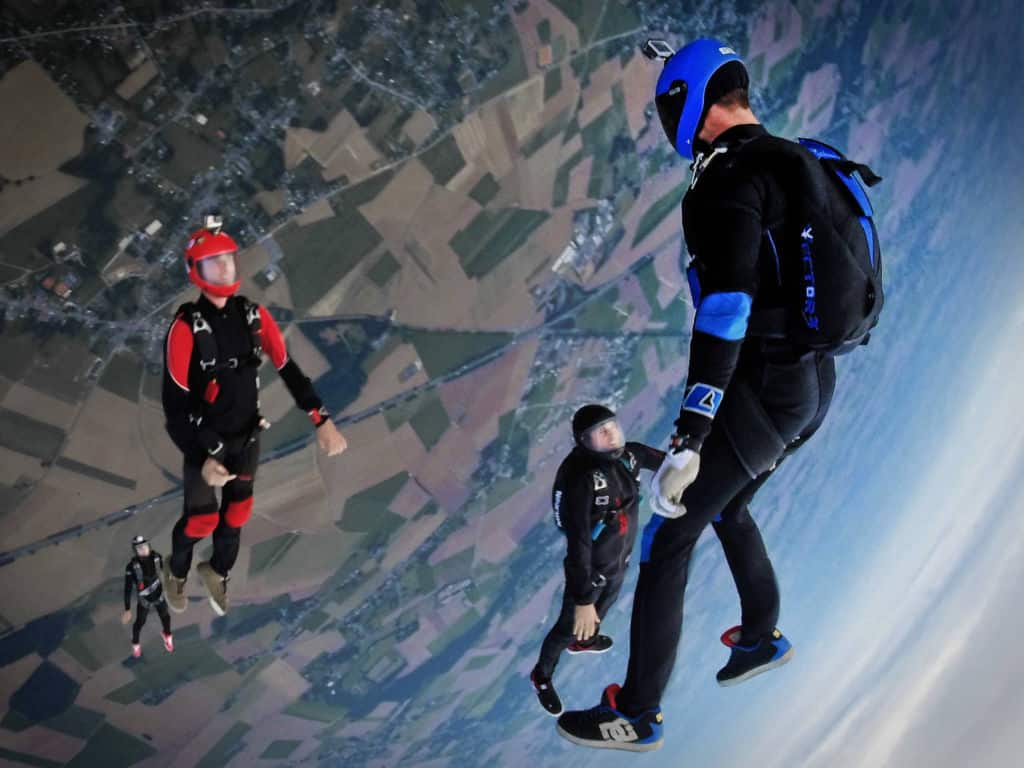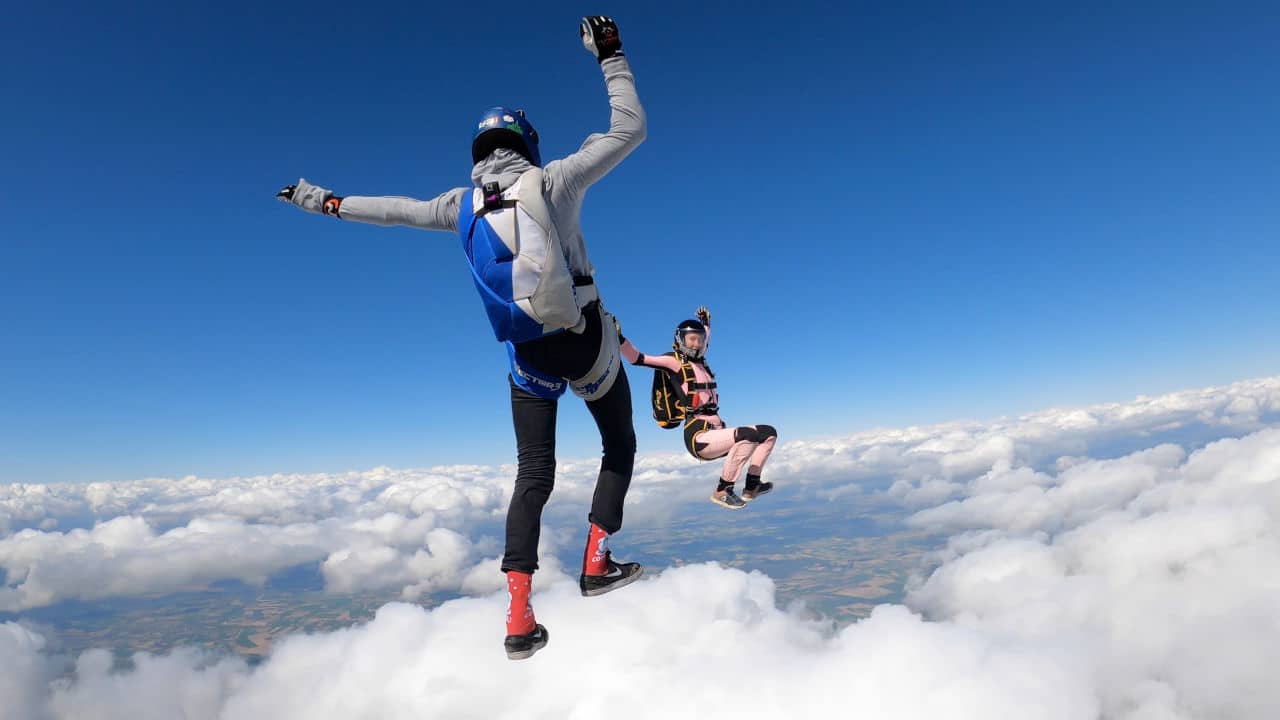Extreme sports are termed “extreme” for a reason. They have so much risk attached that your safety must be guaranteed 110% before embarking on such an exciting mission. Examples of extreme sports are bungee jumping, surfing, base jumping, skateboarding, snowboarding, ice climbing, hand gliding, kitesurfing, rock climbing, scuba diving, and skydiving.
Granted, the rush that comes from extreme sports is not comparable. It’s exhilarating, freeing, and gets your blood pumping-it’s different. However, this experience can be changed abruptly to something negative in a short time. All it takes is for one thing to go terribly wrong.
A case in point is a 26-year-old woman from Georgia who lost her life during a skydiving incident. It was her first solo training when she fell to her death. It was reported that there was a complication with her primary parachute.
Another instance is a 35-year-old woman from Virginia who “miraculously” survived a skydiving incident yet sustained a broken back, leg and ankle. Everything happened so fast after her parachute got tangled in her leg. She had slammed into the ground at 125mph in a 13,500-foot, 20-second plunge.
The severity of skydiving accidents is alarming, making one wonder who would be liable when an accident like that happens.
Would it be blamed on the weather? The gear company? Or inadequate training?
We can resolve all these questions as long as the right experts are on board to analyze the situation based on available data.
Forensic animators can then synchronize these data into a legal animation that can appropriately quantify the exact cause of the incident and the person who would be liable in the case at hand.

What Are the Causes of Skydiving Accidents?
According to the United States Parachute Association (USPA), skydiving is a popular sport in the U.S. In 2021, at more than 210 USPA-affiliated skydiving facilities nationally, approximately 39,412 USPA members made roughly 3.57 million jumps (for an average of 91 jumps per member).
The USPA recorded ten fatal skydiving incidents in 2021, the fewest ever, at a fatality rate of 0.28 per 100,000 jumps.
This is comparable to 2020, when there were 2.8 million fewer jumps by participants and 11 fatalities were reported by USPA, representing a rate of 0.39 per 100,000.
With these statistics, it is clear that the fatality rate of skydiving is pretty low compared to other forms of accidents, such as car crash incidents. This is primarily because of the advanced technology employed to create the gears.
Taking into consideration the 70s, when the fatalities were in the 50-plus range per year, many lessons have been learned, with improvements made in critical areas to curb any issues that may arise. For instance, each parachute system has a primary and reserve parachute.
Regardless of these measures, accidents still occur, causing severe injuries and death.
In some cases, when many skydivers jump at once, the risk of a fatality from skydiving rises. Even though everyone jumps separately, there is still a chance of collisions in the air. Because of this, a person might be unable to open their parachute, or two or more parachute lines might entangle, leading to a crash landing.
Even if the lines do not tangle, hitting another parachutist can rip the main or reserve canopies, which will also cause a crash.
Primarily, the most frequent reason for skydiving fatalities is poor landings, which can be caused by turbulence, human error, or running into objects on the ground. Although most divers are trained in safe landing techniques, this is not always possible for various reasons.
A poor landing can lead to an excessively forceful collision with the ground. In addition, turbulence frequently makes a skydiver hit the ground too hard, which can be fatal.
Inadequate skydiving gears are culprits in some cases.
Skydiving gear includes many safety features, such as a primary canopy and a backup canopy in case the primary canopy does not deploy correctly or in time. The primary or reserve canopy of modern parachutes is usually released automatically by an Automatic Activation Device (AAD) if the skydiver cannot do so.
Even with all of these safety precautions, equipment faults can occasionally occur. The skydiver may land too hard or not be able to land in a safe spot if the parachutes open improperly or not, damaging the canopy or failing to support the skydiver’s weight properly.

How Can Legal Animation Be Used In Skydiving Accident Cases?
Skydiving accidents may lead to grave injuries and death in very devastating cases. In the wrongful death case of Spangenberg v. Verner, the victim was killed in a skydiving accident after the parachute he rented from the defendant failed to open in mid-air. He had jumped from the plane at approximately 13,000 feet when he fell to his death due to defective gear.
Similarly, in the case of Rubio v. Precision Aerodynamics, Inc., the plaintiff, a licensed master skydiver, sued for a defective parachute system that caused him severe and permanent physical and mental injuries.
The main parachute failed to open, which made him resort to the reserve chute. When he opened the reserve, the canopy ripped due to a design defect, causing him to plummet to the ground and sustain near-fatal injuries. He was awarded $53,000,000 in damages.
In both cases, a defective chute caused the accident. Legal animation can first animate the product and portray the defective design that caused the gear to fail when it was needed the most. After that, legal animation will then portray the skydiving incident and how the accident happened.
If there are severe injuries, medical animation is used to portray every fracture, strain, and other injuries that may have happened due to the heavy fall.
In a situation where the accident happened due to improper landing, there could still be some liabilities on the part of the defendant, such as lack of proper training, inadequate environment for landing operations, or inability to forecast turbulence in the atmosphere correctly.
Whatever the case, it is essential to get highly skilled experts to investigate skydiving accidents and the causes behind them.
Conclusion
Legal animation is very effective in cases that require investigation into complex and otherwise unsolvable incidents. You can bring a phenomenal legal animation company on board to assist in creating an animation that encapsulates every detail of the case and meets the admissibility criteria.





